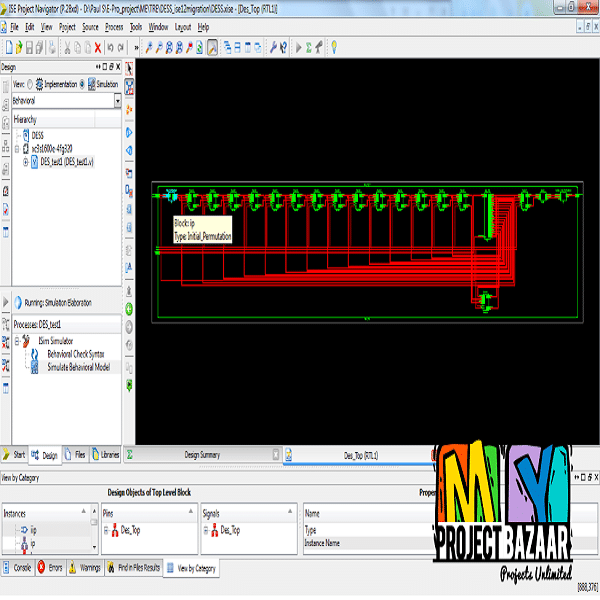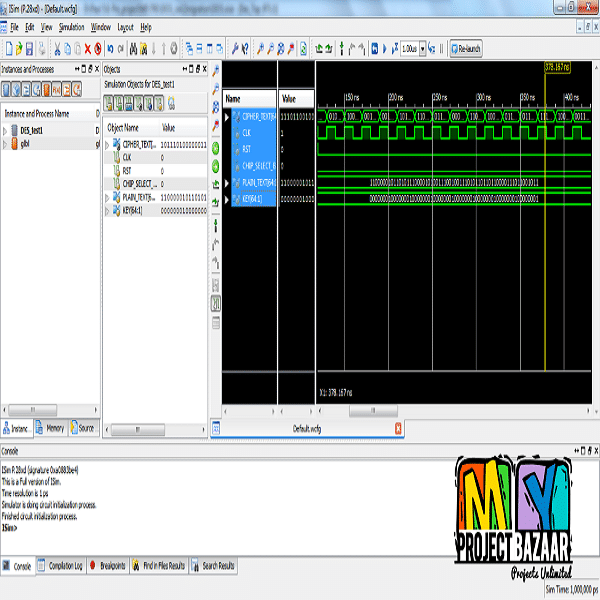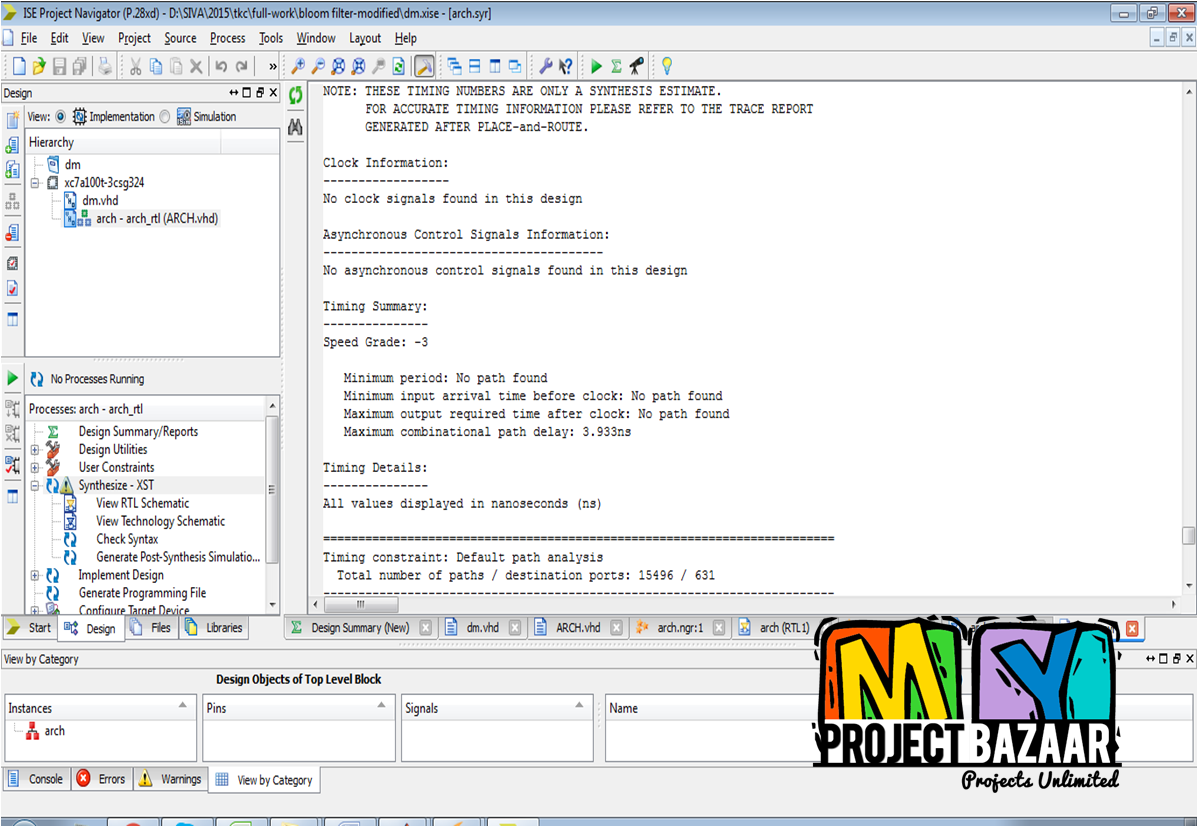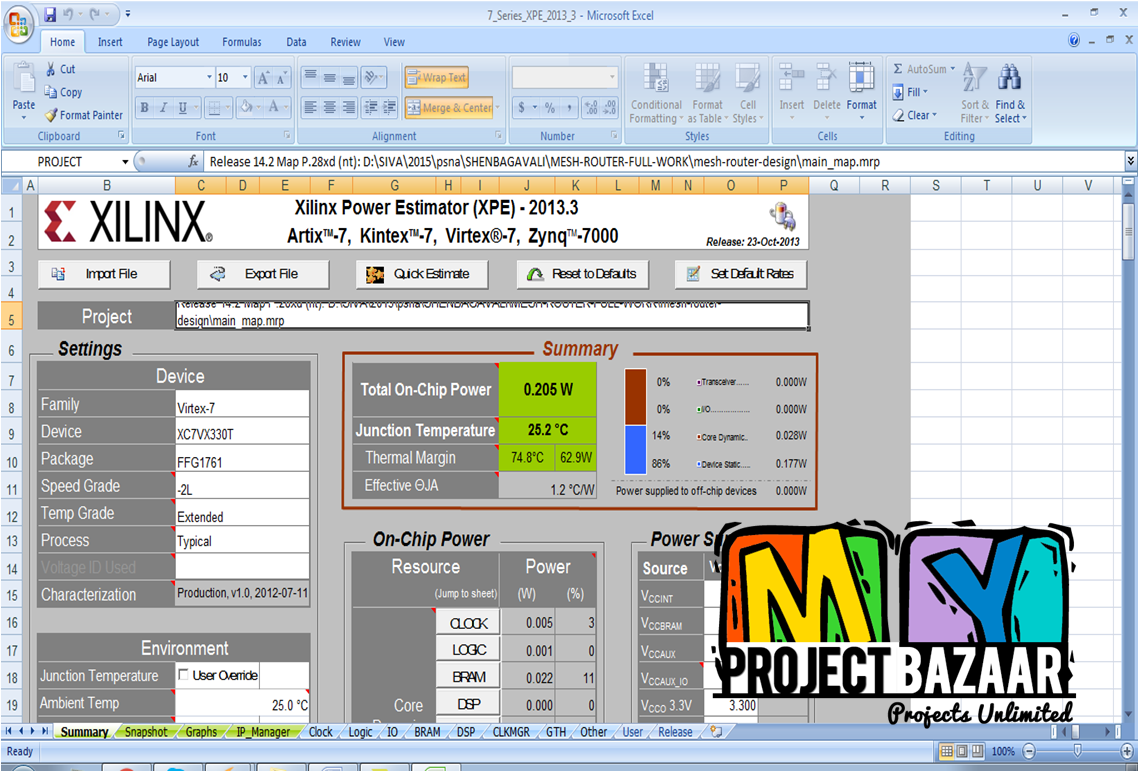Combating Data Leakage Trojans in Commercial and ASIC Applications With Time-Division Multiplexing and Random Encoding
Product Description
Combating Data Leakage Trojans in Commercial and ASIC Applications With Time-Division Multiplexing and Random Encoding
Abstract-Globalization of microchip fabrication opens the possibility for an attacker to insert hardware Trojans into a chip during the manufacturing process. While most defensive methods focus on detection or prevention, a recent method, called Randomized Encoding of Combinational Logic for Resistance to Data Leakage (RECORD), uses data randomization to prevent hardware Trojans from leaking meaningful information even when the entire design is known to the attacker. Both RECORD and its sequential variant require significant area and power
overhead. In this paper, a Time-Division Multiplexed version of the RECORD design process is proposed which reduces area overhead by 63% and power by 56%. This time-division multiplexing (TDM) concept is further refined to allow commercial off the shelf (COTS) products and IP cores to be safely operated from a separate chip. These new methods tradeoff latency (5.3× for TDM and 3.9× for COTS) and energy use to accomplish area and power savings and achieve greater security than the original RECORD process.
Including Packages
Our Specialization
Support Service
Statistical Report

satisfied customers
3,589
Freelance projects
983
sales on Site
11,021
developers
175+

















